Discover why psyllium husk powder is the best binder in gluten-free baking! This complete guide to baking gluten-free breads with psyllium teaches you the many benefits, tips for purchasing it, and many more expert hacks!
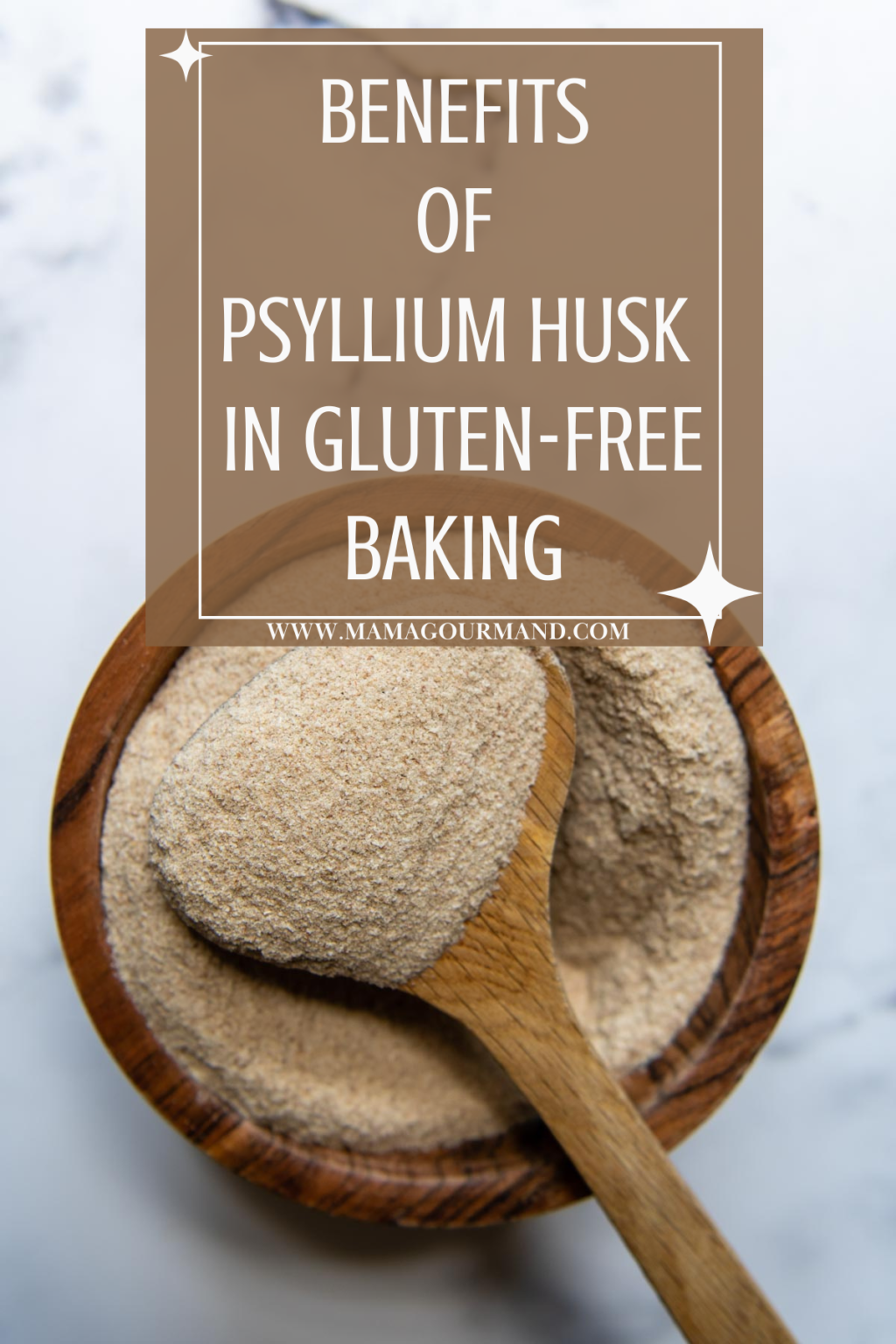
All the recipes on the website and in my gluten-free cookbook are created with one main objective in mind – to taste just as good, if not better, than the original beloved versions.
To accomplish this, some crucial gluten-free baking tips are incorporated into every recipe, with heavy emphasis on using the best gluten-free flour (an absolute game changer!).
However, through years of recipe testing, I’ve discovered another imperative ingredient to work with gluten-free flour blends. Psyllium husk powder creates outstanding results by drastically improves elasticity, yielding soft, squishy baked goods!
While it has no affect on taste, the extra boost of binding agent greatly improves texture in gluten-free bread. One can still achieve flaky gluten-free pie crust or moist gluten-free chocolate cake without adding it.
what is psyllium husk?
Psyllium husk, also known as ispaghula, comes from the Plantago ovata plant. It is the outer coating for the plant’s seeds, or husks. Since it is a great source of fiber, typically it is used for digestive health benefits.
Since is absorbs liquids readily, commercially it is also used as a food thickener and binder for ice cream and frozen concoctions. This is how it comes into play as a secret weapon for gluten-free breads and baking.
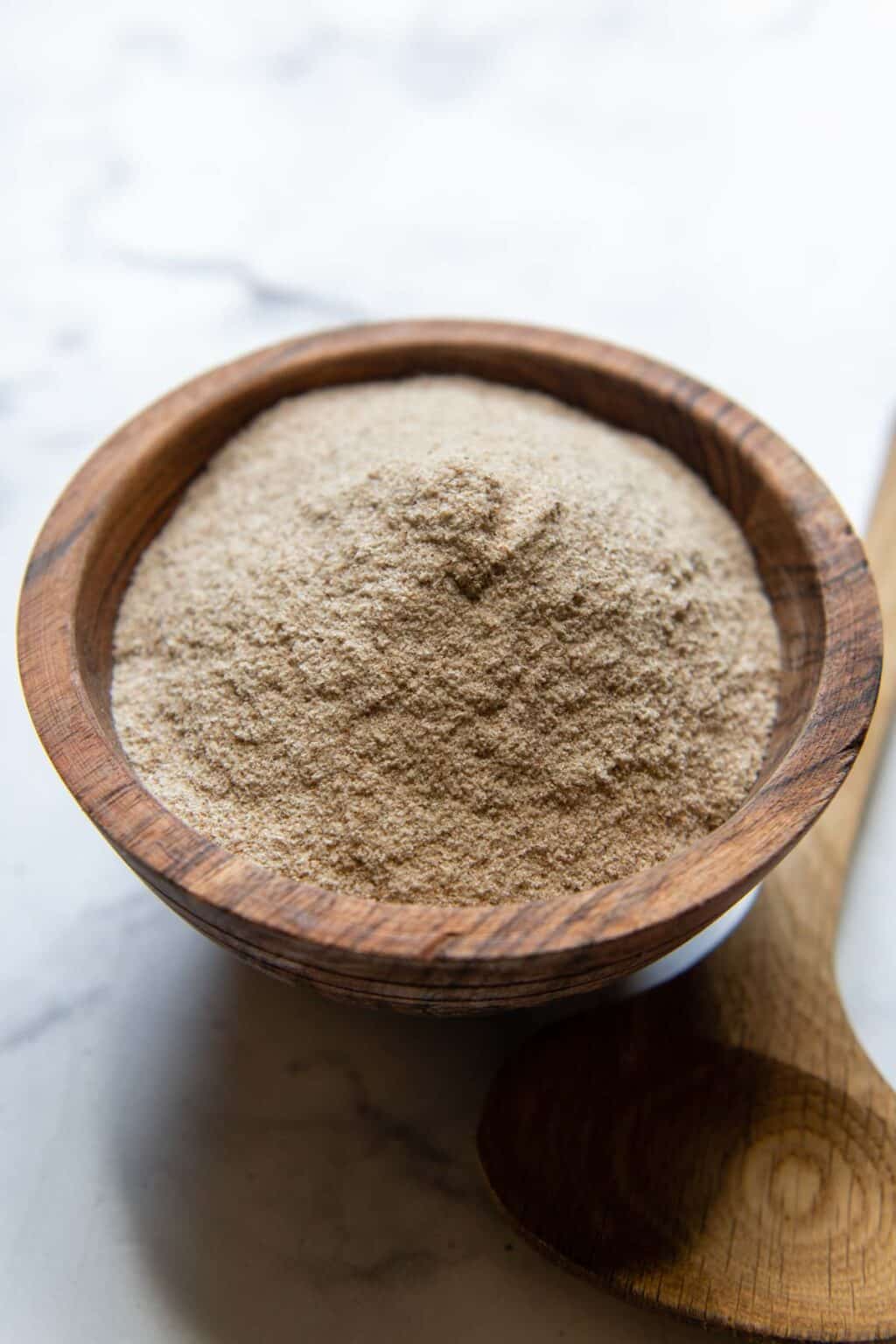
why use psyllium husk for gluten-free baking?
In traditional wheat flour recipes, gluten acts as a binder, creating elasticity in the dough and soft texture once it bakes. Gluten-free baking recipes, especially breads, need something to mimic the elasticity and bind the starches.
While gluten-free flour blends add xanthan gum to achieve this, I find relying on this alone creates subpar results. Adding psyllium husk powder to gluten-free recipes will take baked goods from just okay to, “I can’t believe this is gluten-free!”
#1 MAKES DOUGH EASIER TO WORK WITH
Generally recipes made with gluten-free flour are sticky and a lot thinner. This becomes a problem when the dough needs to be shaped, for instance with gluten free cinnamon rolls, dinner rolls, or bagels.
Many recipes compensate for the stickiness by adding more flour. While this helps with easier shaping, it also results in a very dense, dry, and off-putting texture.
Psyllium gives an extra boost of binding agent, making bread dough soft and pliable, without the need to decrease liquid or increase flour. Therefore, you can enjoy the benefits of taste, texture, and a workable dough.
#2 HELPS WITH PROOFING AND RISING
When baking traditional wheat breads, yeast combines with sugar to release gasses and allow the elastic dough to rise. With the absence of gluten, gluten-free breads need something else to create this elasticity, allowing the bread to rise effectively.
Psyllium interacts with gluten-free flour starches to create structure, allowing gas and steam to incorporate during rising and baking. Also, after the bread cools, it maintains that structure so breads do not collapse.
#3 ADDS MOISTURE
Technically psyllium doesn’t add moisture, but it does prevents from having to add more flour, which dries baked goods out. It has a high viscosity, so it is able to bind liquids more effectively and an additional volume of dry ingredients is not needed.
#4 SOFT, CHEWY CRUMB
The combination of all the benefits above creates a crumb similarly found in wheat flour breads. The assistance of binding, structure, and moisture yields a pliable, soft, and chewy bread structure.
Pro Tip: Gluten-free breads baked with psyllium husk take on this ideal crumb structure when enjoyed at room temperature, or the slightest bit warmed. Slightly chilled or cold bread will have a displeasing, crumbly texture.
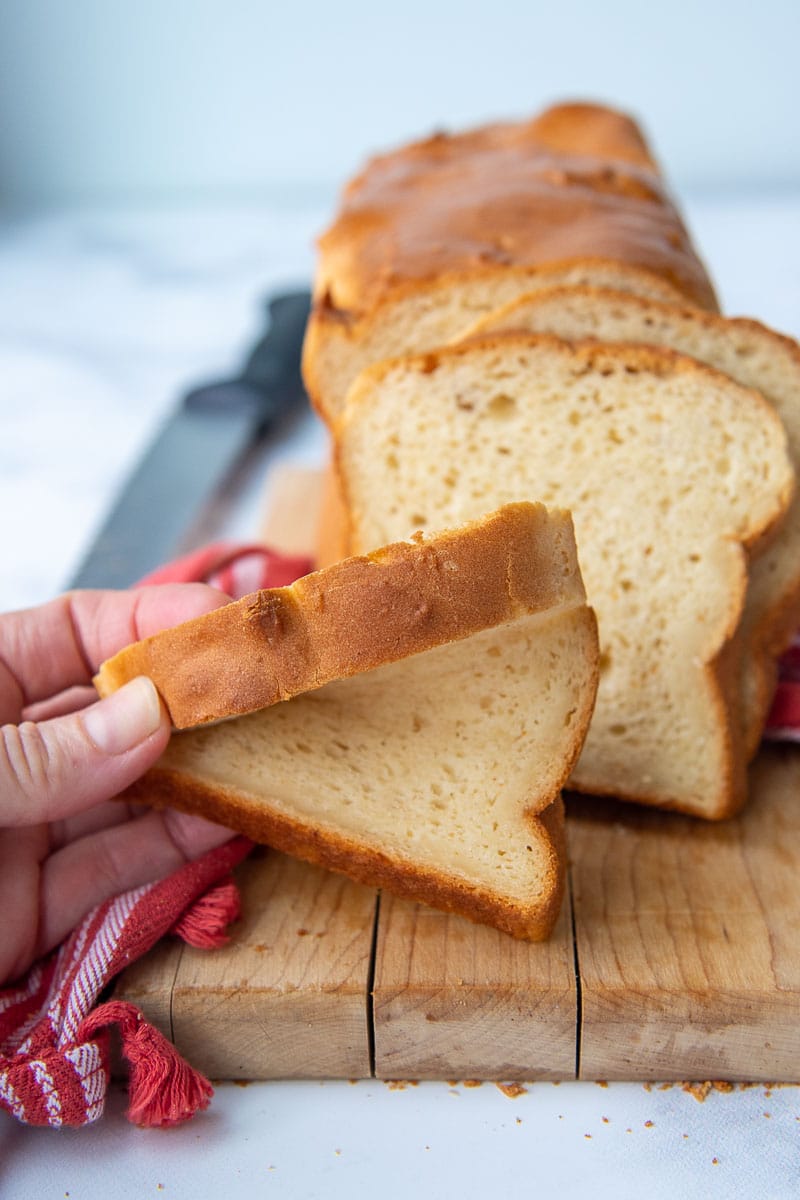
Is Psyllium husk gluten-free?
Yes, psyllium husk is gluten free. Like oat groats, it is actually the seed part of the plant and not a grain. Like xanthan gum or guar gum, it is a naturally gluten-free binding agent used in gluten-free baking.
tips when buying Psyllium
Before you buy psyllium husk, it’s important to understand the difference between what is on the market. You may purchase the powder, whole husks, or blonde psyllium.
Whole husk psyllium is in its natural state. It contains more fiber and will weigh slightly more than the powder. They may be used interchangeably in recipes, you will have to compensate for the difference in weight.
Powder, which is simply ground husks, weighs 85% lighter than the husks. Therefore, if a recipe calls for 10 grams whole psyllium husk, add 8.5 grams psyllium powder.
Also, psyllium comes in its natural state or blonde, much like the difference between using blanched or meal in almond flour recipes. In its natural state, psyllium will give a dark, almost purplish color to baked goods.
Therefore, use blonde or blanched powder. Unfortunately, they are not clearly labeled as such. Here are the psyllium husk powder and whole husk I typically buy. Purchase it online at Amazon, Vitacost, or in local health food stores.
substitutes for psyllium husk powder
If you are looking for psyllium husk powder substitutes for bread or other baking needs, unfortunately there isn’t anything that really compares.
While xanthan gum or guar gum works beautifully in gluten-free desserts, such as cookies, cakes, pies, and brownies, nothing mimics similar binding in gluten-free breads.
Fortunately it is affordable, has a long shelf life, and only small amounts are needed to make breads to impress the toughest critics!
gluten-free breads with psyllium husk
Not only does psyllium husk powder greatly improve gluten-free bread recipes, but it also improves elasticity to create authentic gluten-free pizza crust! While it can be omitted from the recipes below without affecting taste, it greatly improves the texture to avoid dry, crumbly baked goods.
1. How to Make Ultra Soft White Gluten Free Bread
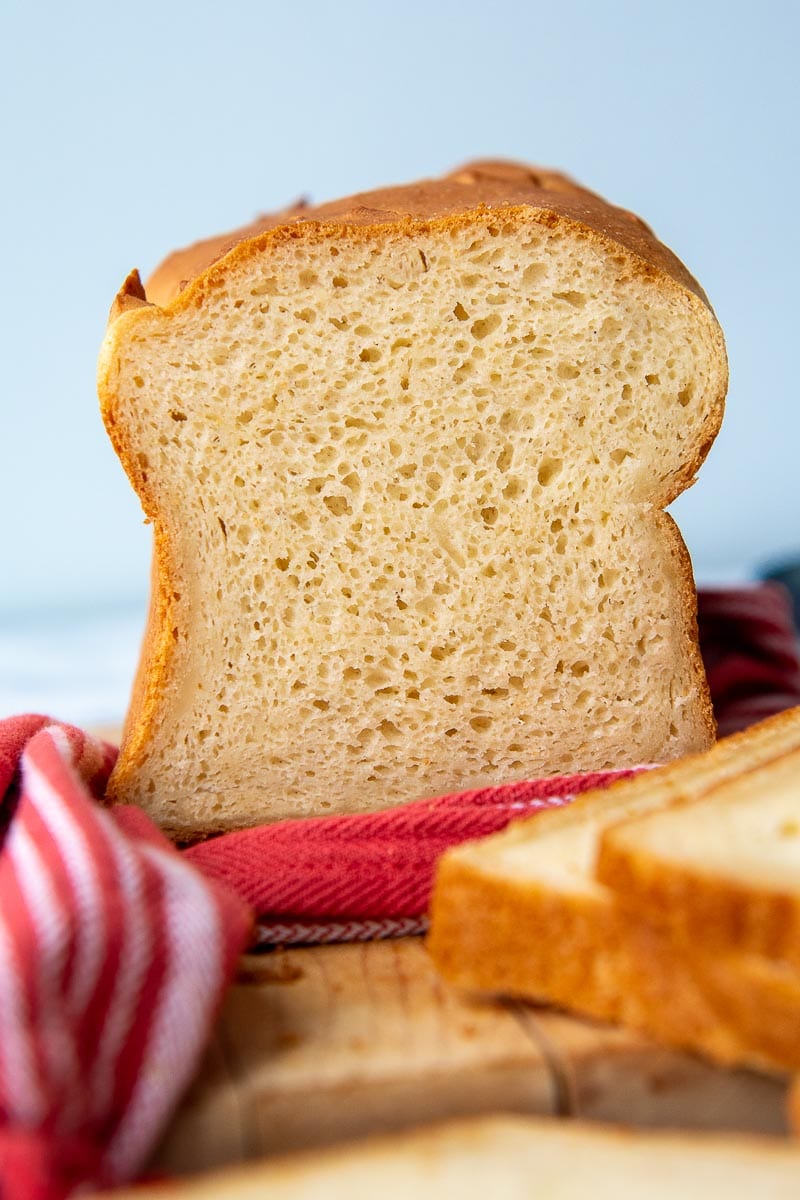
2. Extra Soft Gluten-Free Hamburger Buns (Not Crumbly)
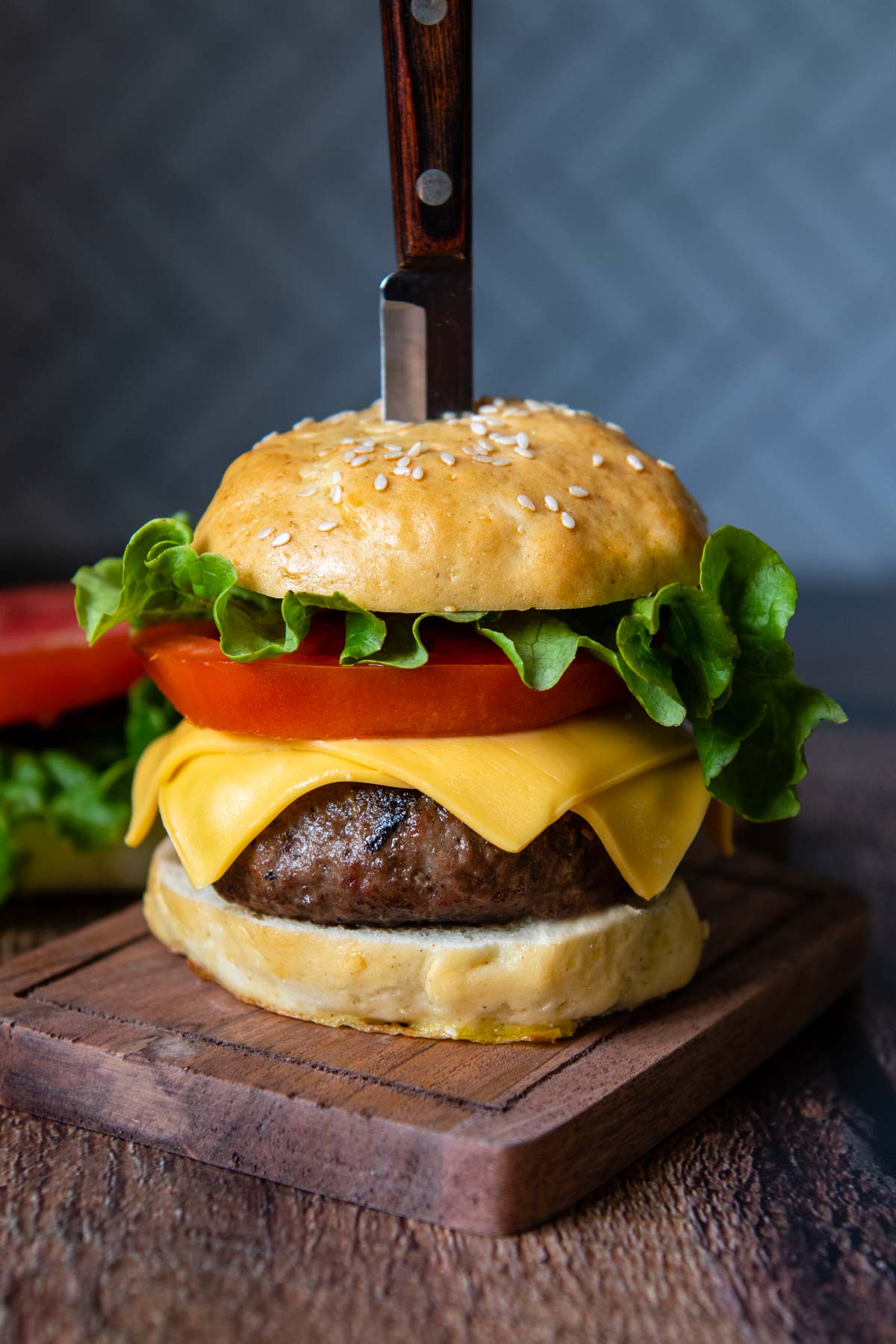
3. Soft Gluten-Free Breadsticks (Extra Easy)
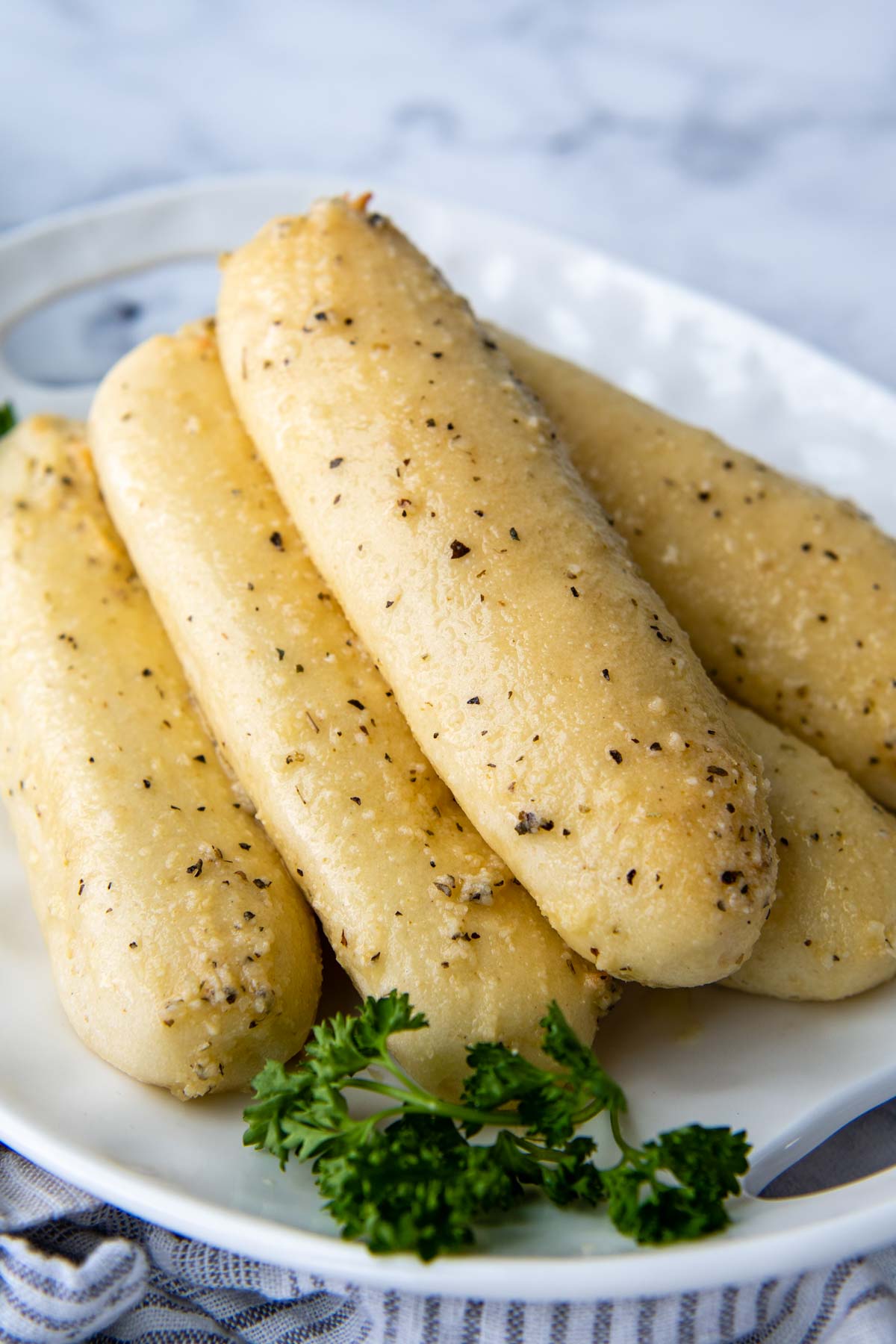
4. Pillowy Soft Gluten-Free Rolls Recipe
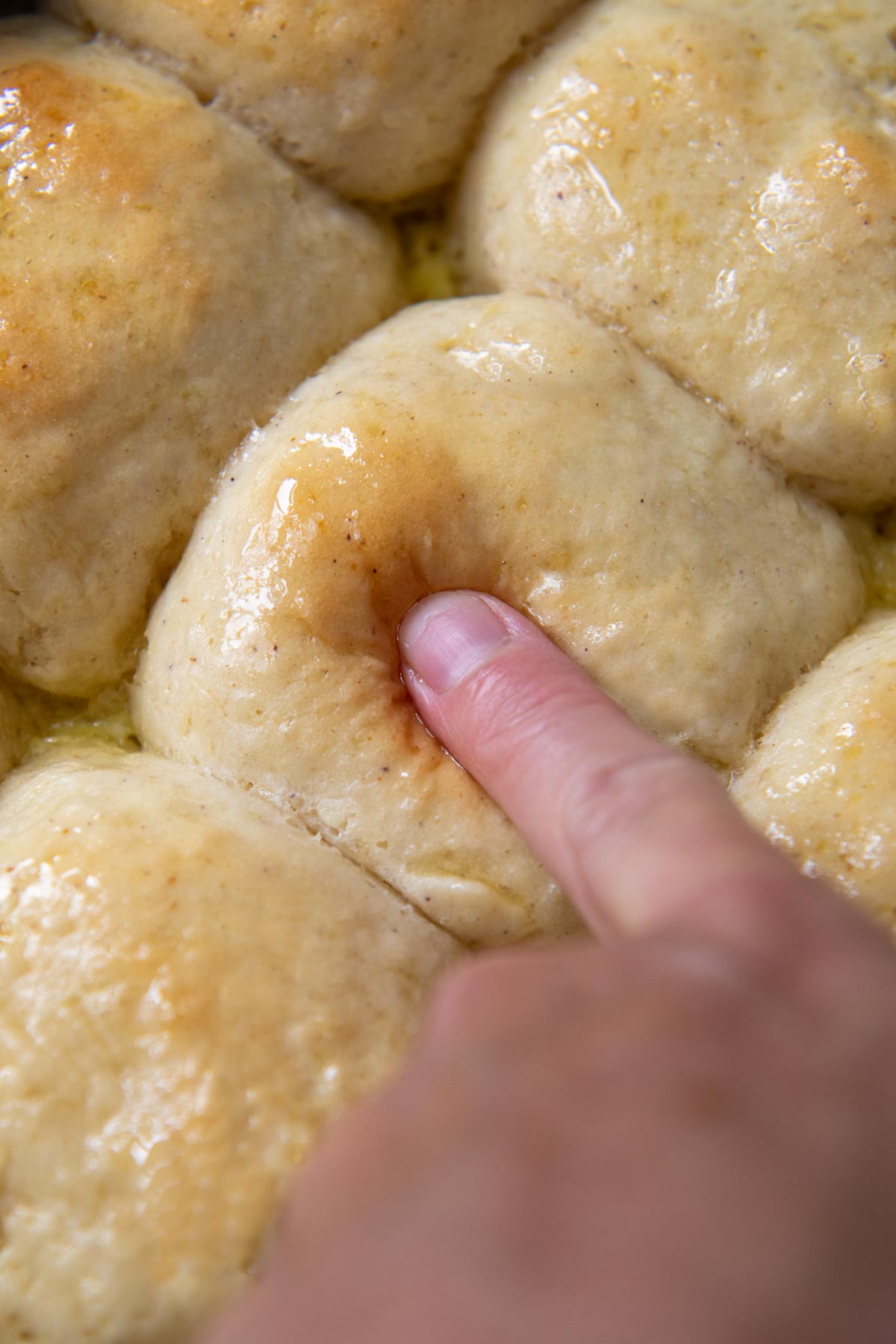
5. Homemade Squishy, Soft Gluten-Free Hot Dog Buns
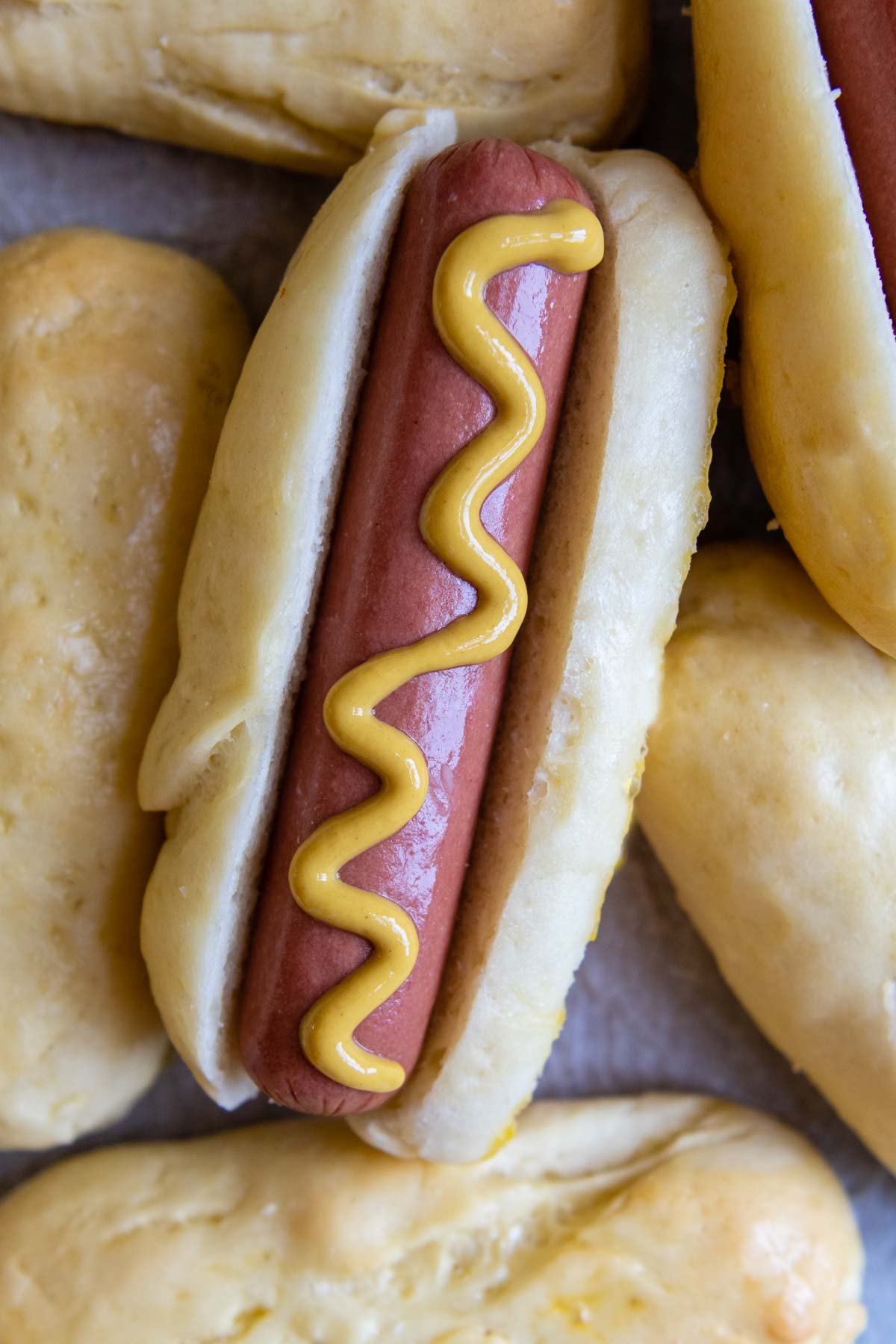
6. Thick, Crispy Almond Flour Pizza Crust (30 Mins)
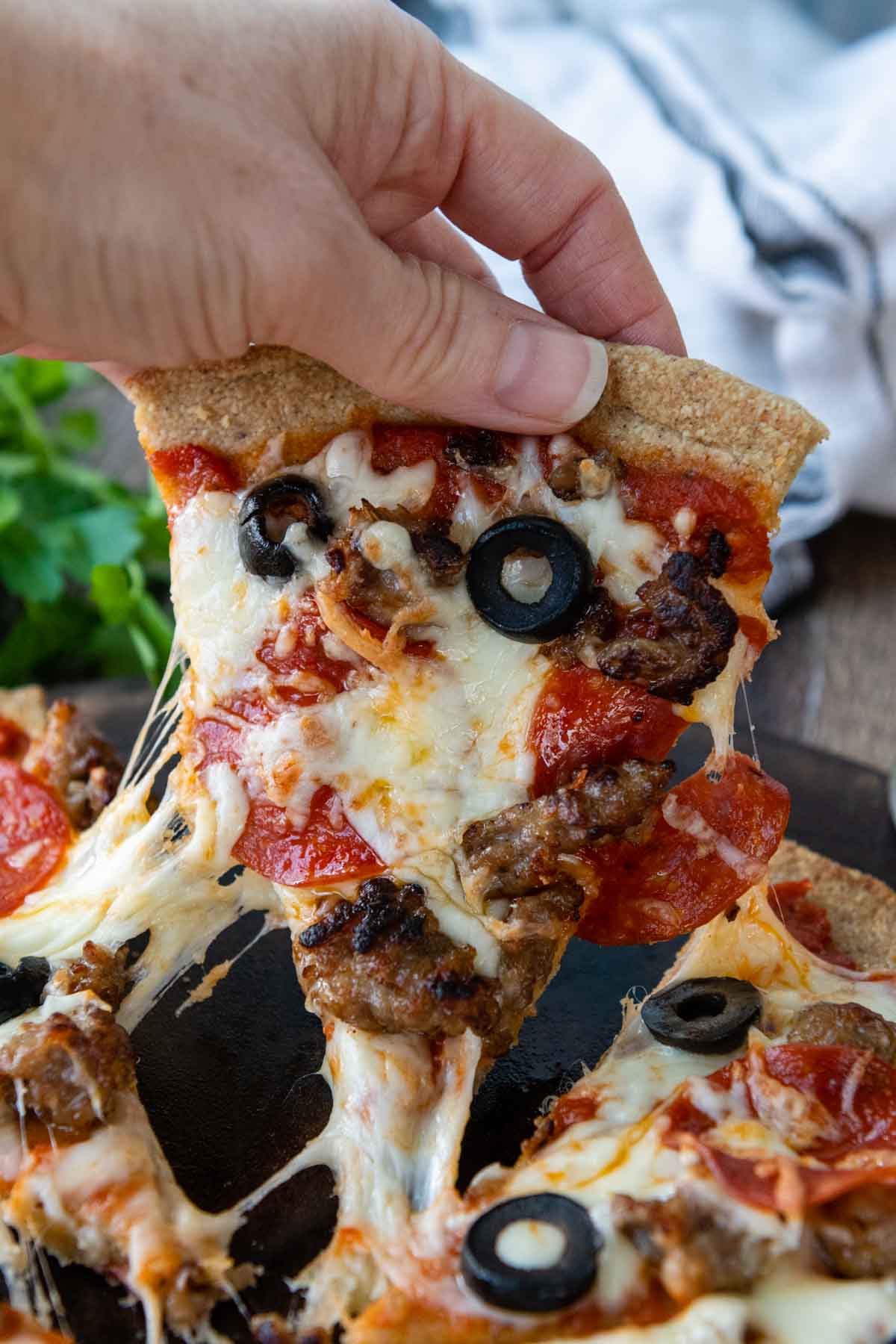
7. Soft, Fluffy Gluten-Free Flatbread (Extra Easy)
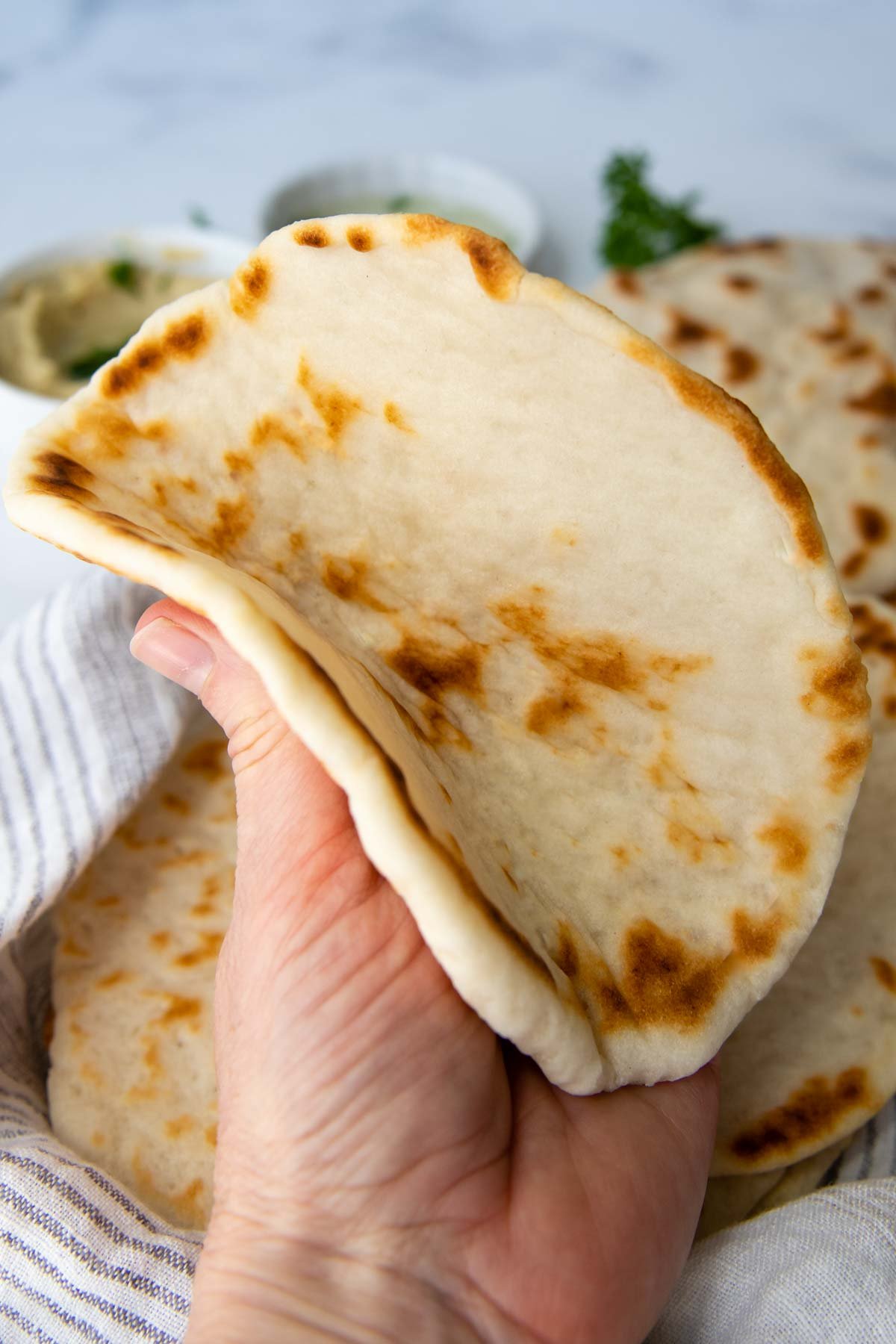
8. Fluffiest Oat Flour Bread (5 Minute Recipe)
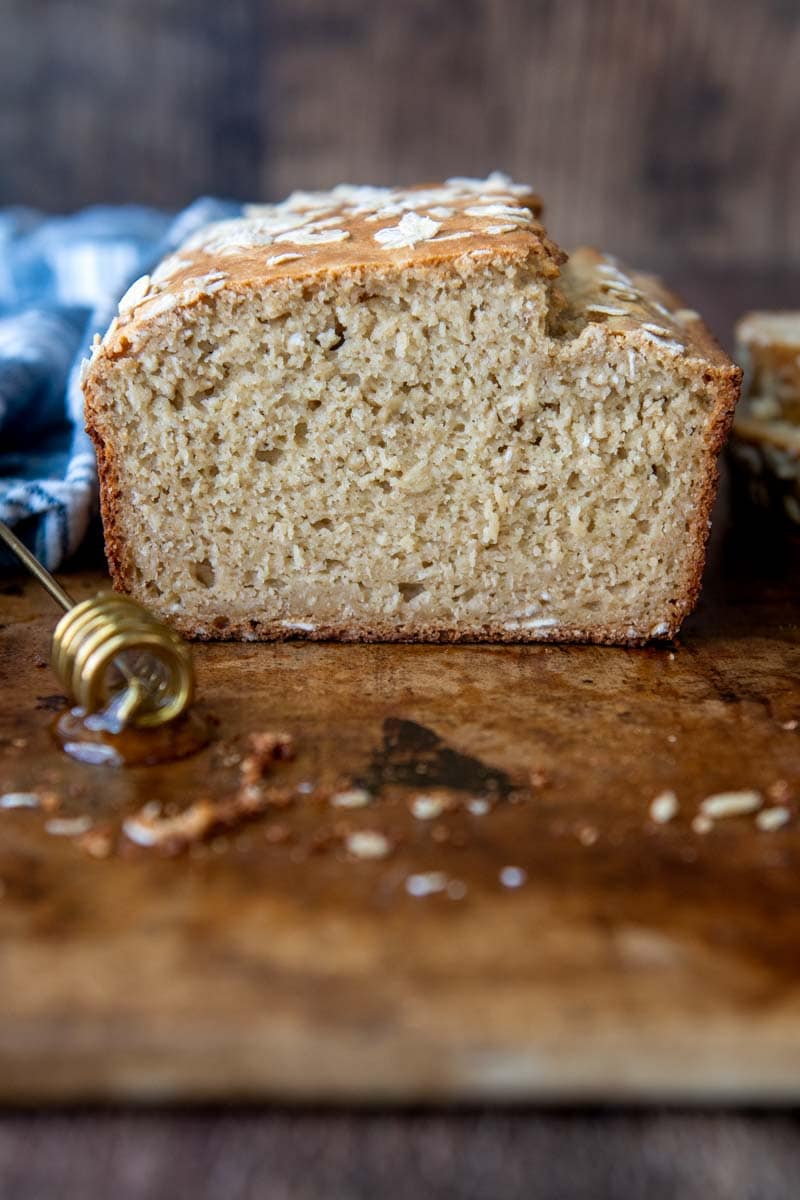
9. Soft, Authentic Gluten-Free Flour Tortillas (30 Mins)
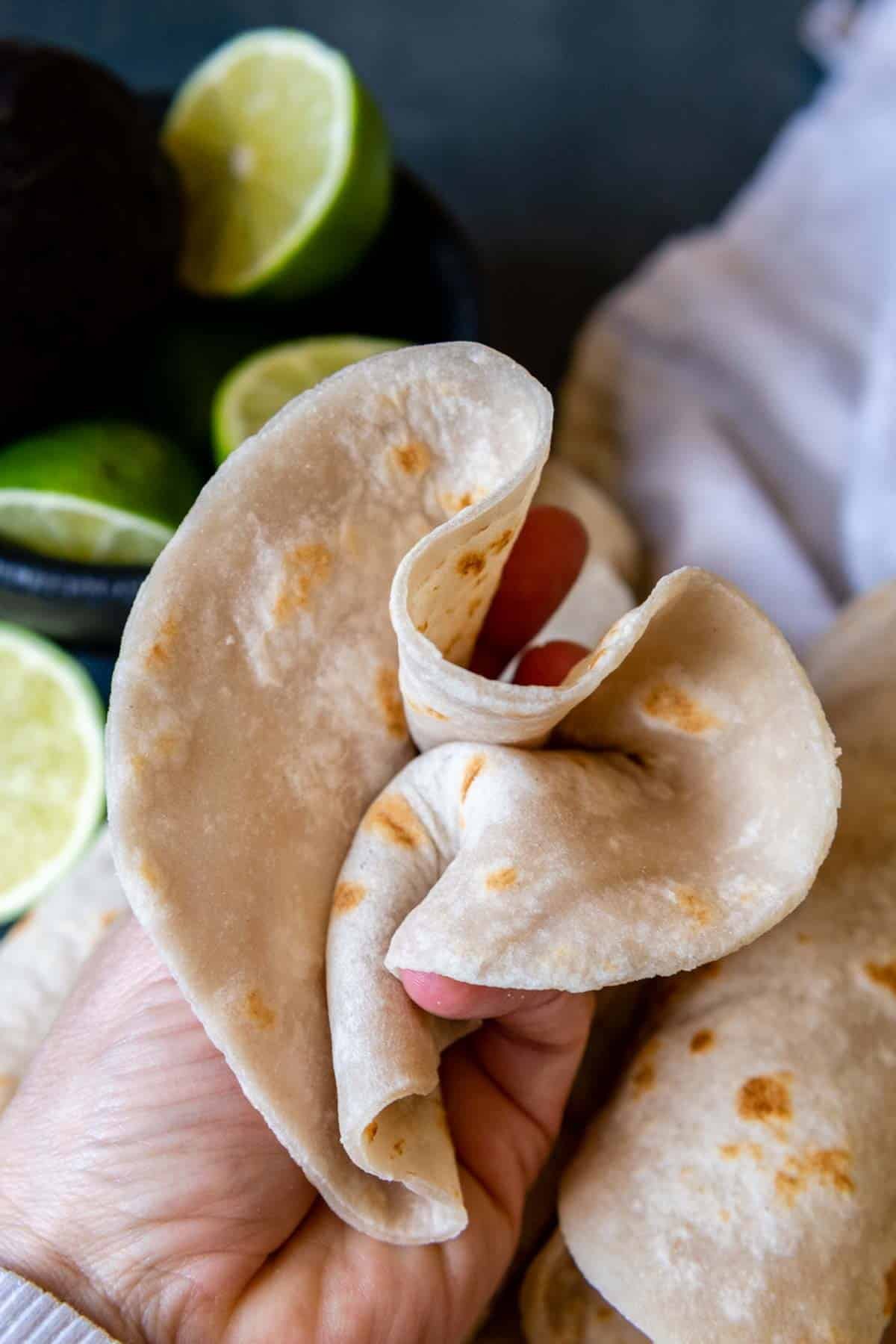
10. Fluffy Oat Flour Drop Biscuits (No Flour, Gluten-Free)

11. Best Gluten-Free Bagels Recipe (Soft & Doughy)
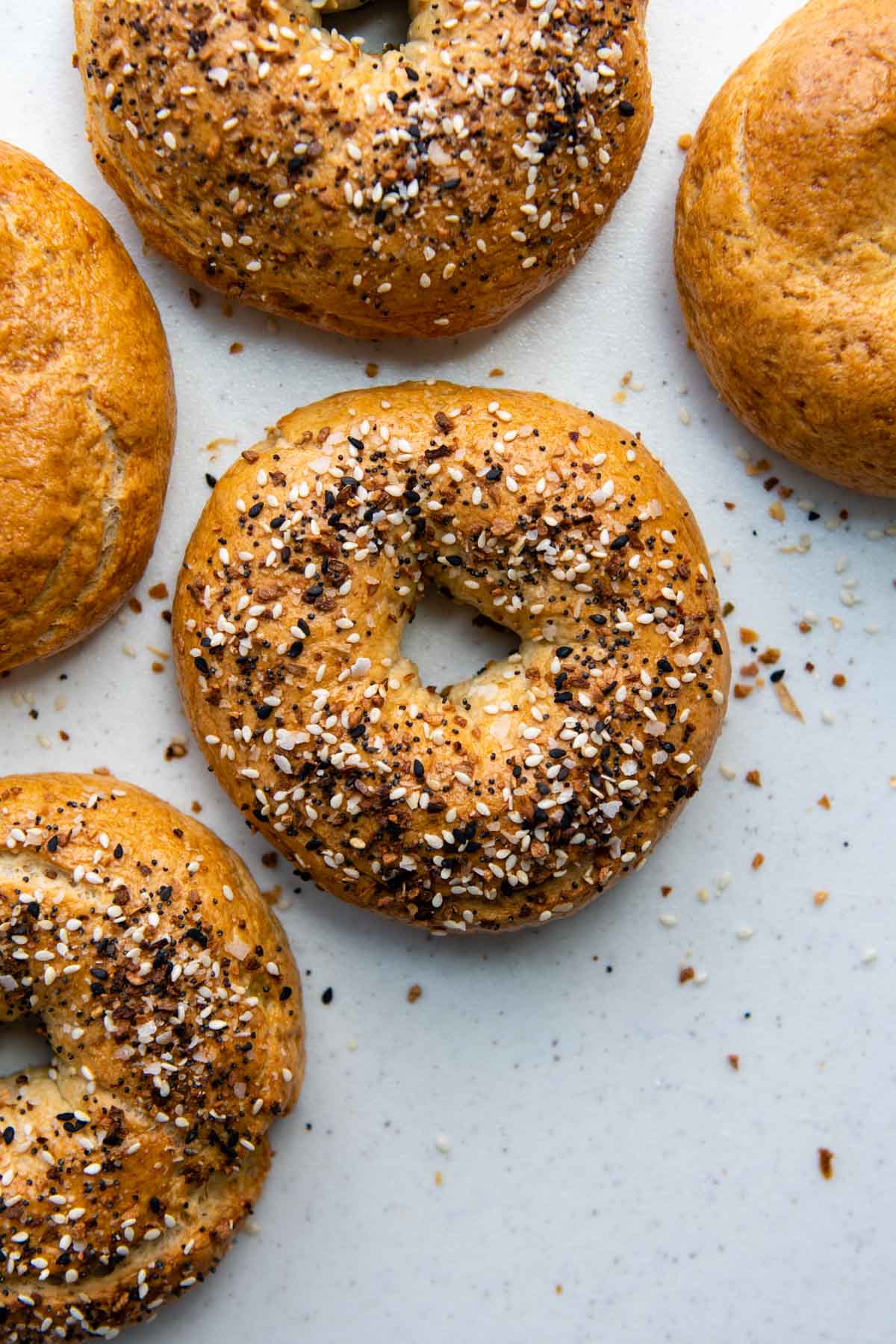
12. Easy Almond Flour Tortillas (Soft & Flexible)
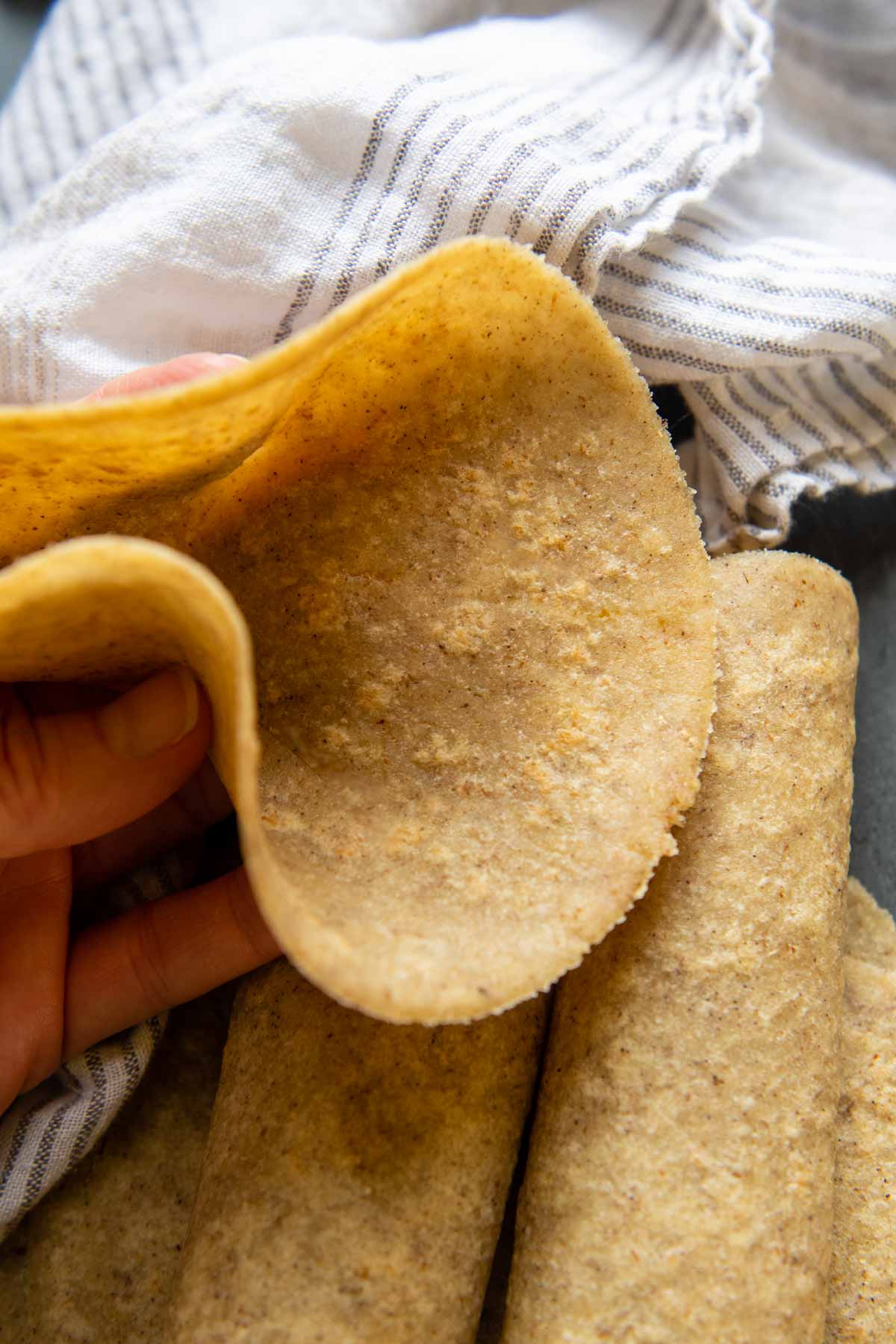
13. Soft Gluten-Free Garlic Knots (Under 1 Hour)
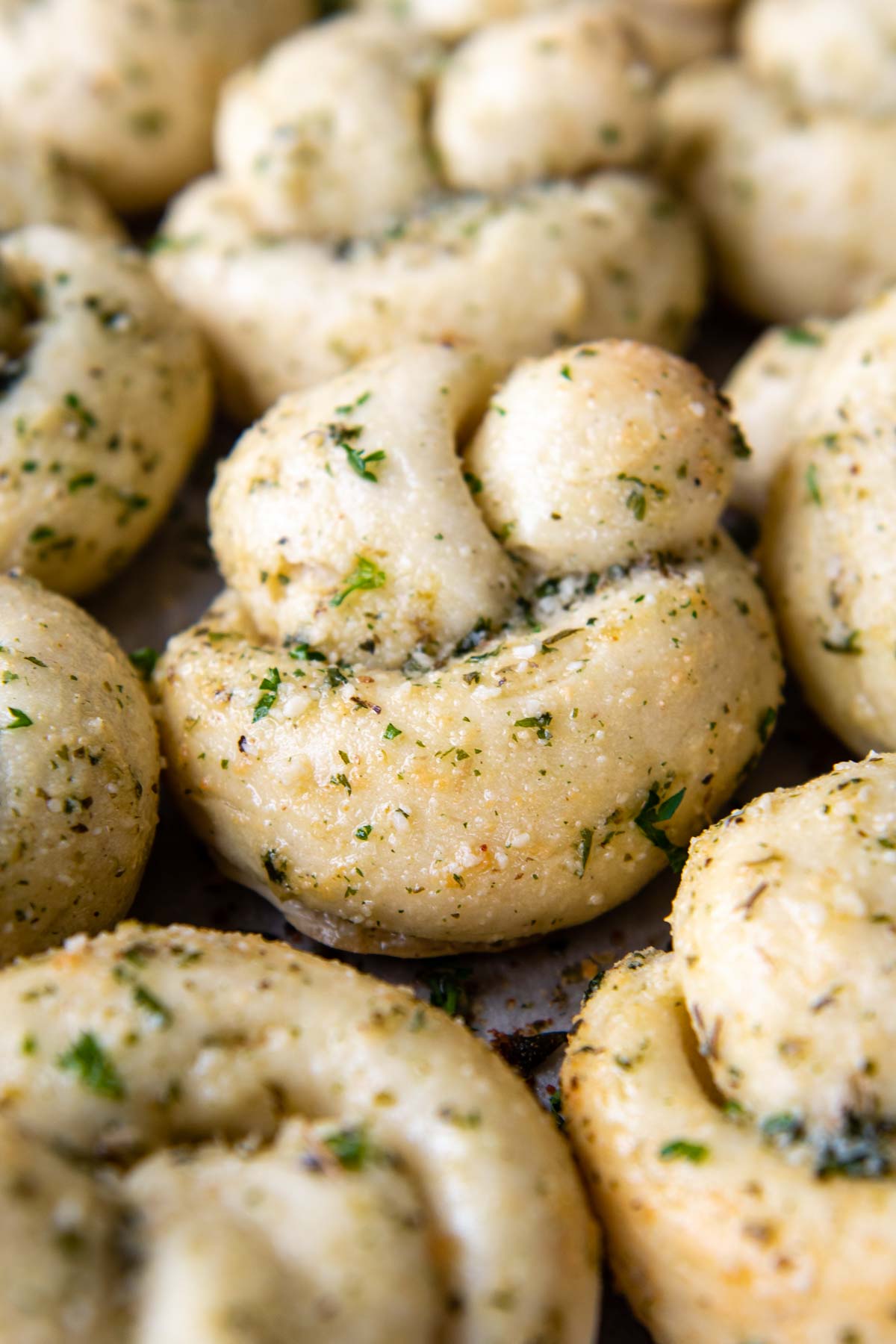
14. Gluten-Free Challah Bread: A Beginner’s Guide
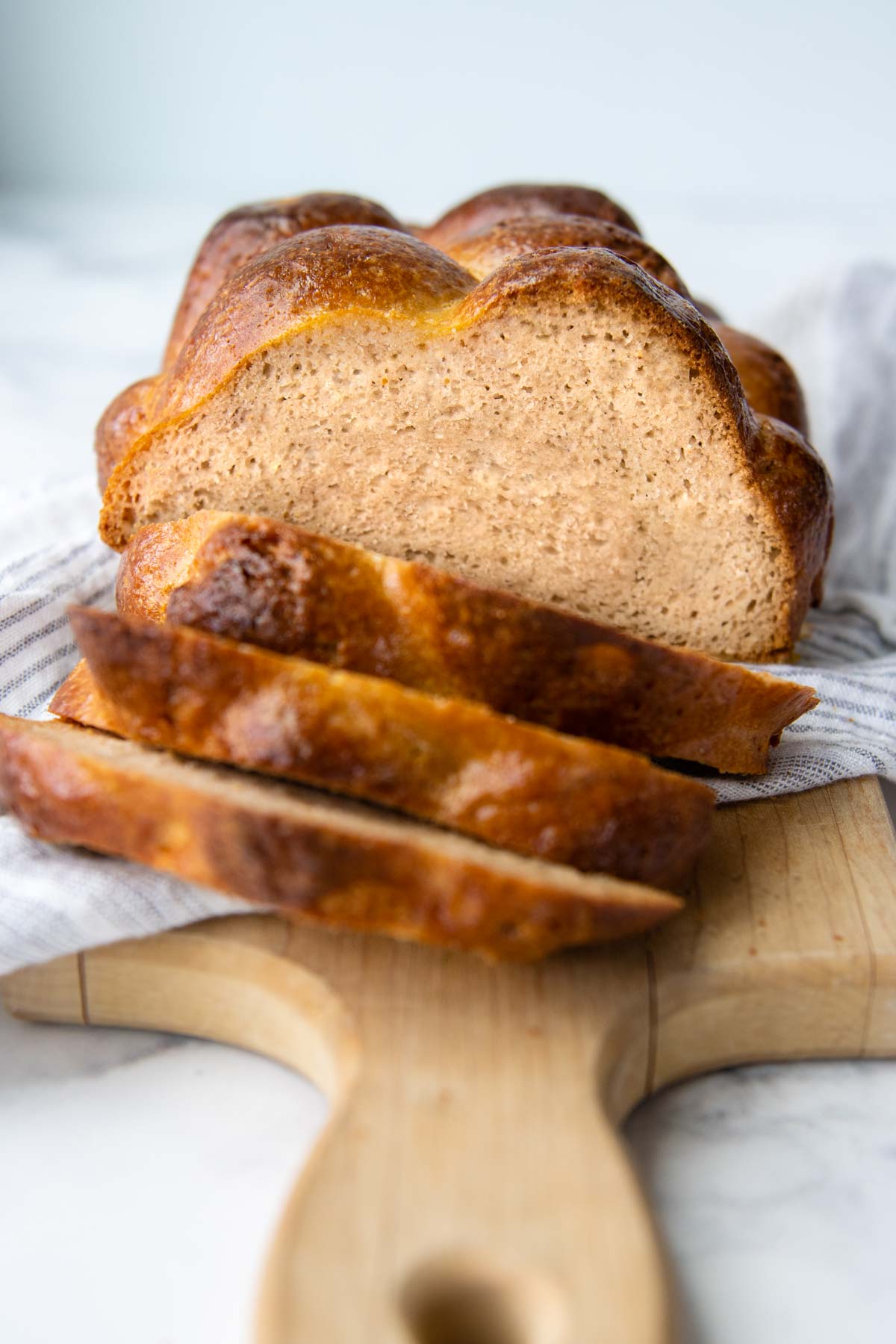
SAVE THIS gluten-Free psyllium husk guide TO YOUR PINTEREST BOARD!
Let’s be friends on Pinterest! I’m always sharing great recipes!
This post contains affiliate links. My opinions are always my own. If you purchase a product through an affiliate link, I make a small commission – at no cost to you. Read full disclosure policy here.

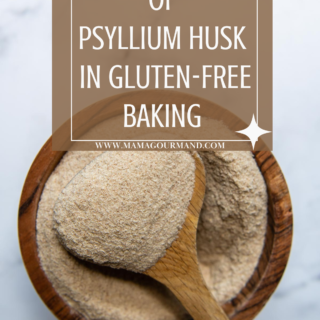
Sandra Grant says
Thank you for this article. Respectfully, the recommendation to reduce the number of grams of psyllium husk powder when the recipe calls for whole is incorrect. Please allow my to explain why. This recommendation would be correct if the recipe called for a measurement of whole psyllium husks in VOLUME, but it is incorrect if the recipe calls for the measurement by WEIGHT. Think about it, 1 oz (a measue of weight) of whole psyllium husks, once ground down, will still weigh 1 oz. Remember the old question: which weighs more, a pound of lead or a pound of feathers? The same single ounce of psyllium husks powdered will take up more space (VOLUME) than will the whole husks unground. Therefore, if a recipe calls for the ingredient in a unit of VOLUME (i.e. 1 Tablespooon), then one would need to use less than a TBS in the powdered form in order to be using the correct amount. What this concept really illustrates is that it’s best to use weights when making breads. The good news is that there’s such a large range of amts of psyllium you can use , you’d probably still get a good result anyway. Thank you again for your site.